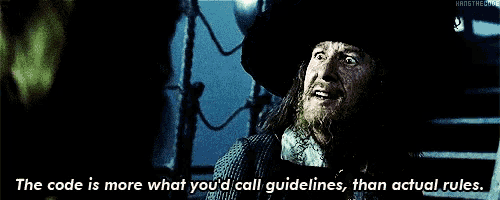Brief research indicates that box age is influenced by more than just the skills needed to enjoy the game. Even if it was, it would be based on generalizations. Everyone differs from generalization in some way.
There are a series of factors to keep in mind when figuring out if your young players can enjoy a specific game.
Firstly, the teaching or leading player should have played the game before trying to fudge the box age. This is so the game can be evaluated in relation to the young player.
Know the players involved, both young player(s) [kid] and those expected to play without ignoring the box age [adult]. Adults need to have patience enough to meet the kid where they are and the leading player should know the kid’s:
Try to balance the needs of all your players so that everyone has fun - this balance can look different for every play group.
Common skills used in gaming (not necessarily all inclusive)
Reading
Math, simple and complex
Abstract thinking
Turn complexity
Waiting for turn
color/pattern matching
Dexterity
Also keep in mind game mechanics (definitely not all inclusive)
Evaluating a young player for compatibility for a specific game:
If the player skills are comparable to the box age then the game is probably worth trying with the right play group.
If one or more of the player skills is below expected for the box age and experience says that the player skills are still below game play skill, then do you want to use the game to practice a skill?
If yes, be thoughtful if choosing more than one skill to practice.
If not, then picking a different game may be advisable.
Note: this evaluation can apply to adults, though they generally can evaluate themselves.
Another way for some games is to ignore certain elements of game play to simplify until the player can handle all parts of game play. A good example is simplifying earning of points, like ignoring farmers in Carcassonne.
One thing I’ve observed is that generally pre-kindergarten is harder to find kid accessible and adult engaging games. But early childhood games are important to build both life skills and the foundation for a love of gaming. I hope to do a post on those games for modifications for older players to improve engagement (both for siblings and parents)
